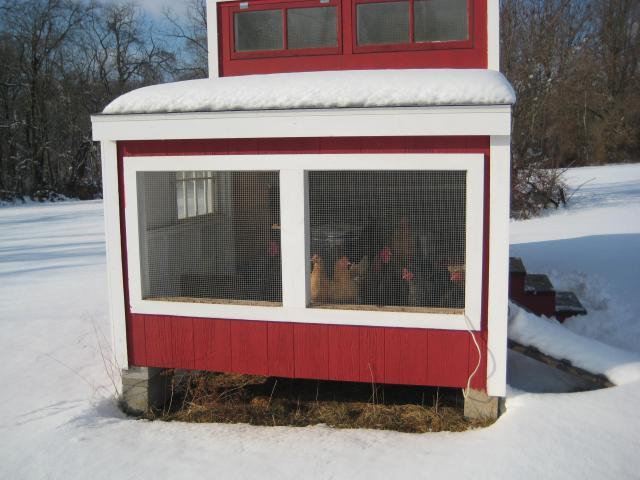CuriousQueen
Songster
I’m redoing an old shed to start my first coop. Many years ago it was my pigeon loft. It is 8x8 and is one of those lofted style roofs. The roof should only need redhingling but I have to redo the rest.
There is a hole in the roof about 8” diameter that has a turbine vent on it.
It causes a draft, but the way I had it in the inside it was fine for the pigeons.
Question is:
I’m considering this roof vent.
https://www.homedepot.com/p/Master-...atic-Roof-Vent-in-Black-SSB960ASCBL/205338995
It allows air out but doesn’t let moisture in. I intend to put a window on the south side. But wondering if the above is enough for our cold winters in Missouri.
It isn’t so much the cold, we can have extreme temperature changes. Last week we had a night -11 f with a real feel of -25. Sunday it will be close to 50f
Big swing!
Should I add a louvred vent on the side side as well?
Thank you.
Ps. I’m enjoying the many articles, reviews etc y’all have on here. The reading has kept me busy.
There is a hole in the roof about 8” diameter that has a turbine vent on it.
It causes a draft, but the way I had it in the inside it was fine for the pigeons.
Question is:
I’m considering this roof vent.
https://www.homedepot.com/p/Master-...atic-Roof-Vent-in-Black-SSB960ASCBL/205338995
It allows air out but doesn’t let moisture in. I intend to put a window on the south side. But wondering if the above is enough for our cold winters in Missouri.
It isn’t so much the cold, we can have extreme temperature changes. Last week we had a night -11 f with a real feel of -25. Sunday it will be close to 50f
Big swing!
Should I add a louvred vent on the side side as well?
Thank you.
Ps. I’m enjoying the many articles, reviews etc y’all have on here. The reading has kept me busy.


